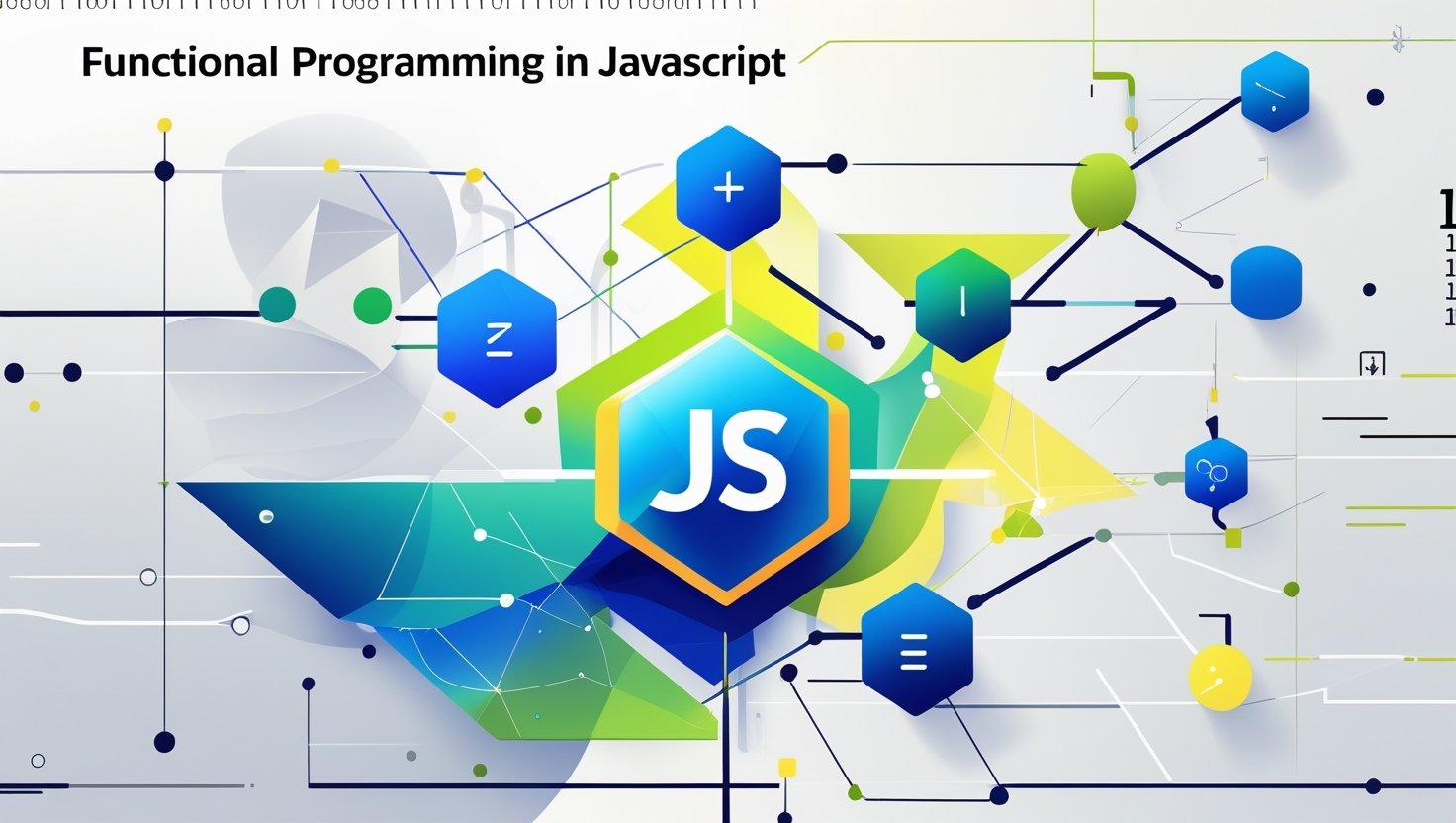Posted inEducation JavaScript Technology
JavaScript Arrays
In Day 6 of the JavaScript and Node.js series, the focus shifts to JavaScript arrays, which are dynamic structures storing various data types. The guide covers array creation, methods for accessing, modifying, and iterating elements, and essential concepts like multidimensional arrays and array destructuring. Real-world application examples illustrate practical usage.













